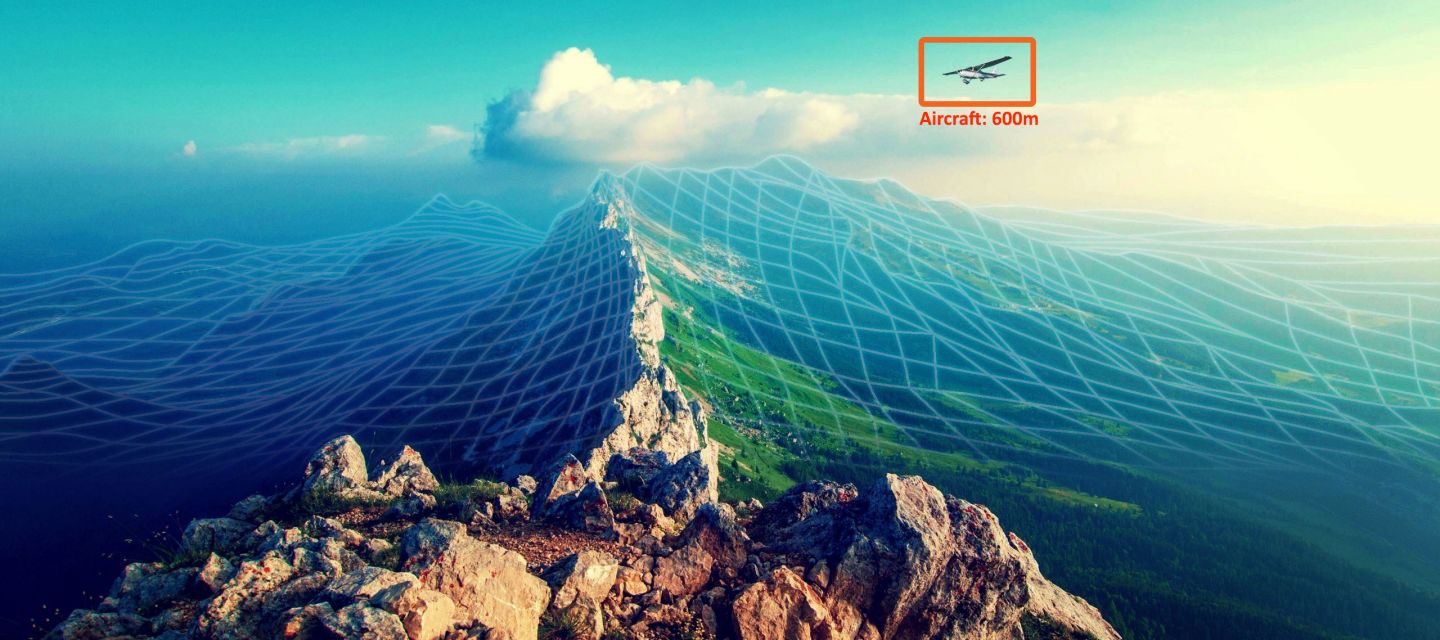A UBC Innovation Snapshot: Be inspired by and connect with innovators at UBC
Who are you?
Iris Automation is building a visual based collision avoidance system to enable drones to see the world as pilots see it, while being able to fly Beyond Visual Line of Sight. Iris Automation brings situational awareness to drones, and acts as the machine’s eyes on board any given UAV. Our first product is a combination of off-the-shelf hardware and proprietary software that can learn and tell a drone’s autopilot system when there’s any obstacle nearby and how to instantly avoid it.
The company was started by Alexander Harmsen and James Howard in the last year of their degrees at UBC after they saw a missing gap in the Industrial Drone space. Drones were flying blindly, unsafely, and this prevented their use in major commercial applications. They were soon joined by two more UBC alumni Hassan Bhatti and Somik Ghosh who saw the value Iris Automation could create. The team then moved to California for the prestigious Y-Combinator program.
What problem are you solving?
Iris is tackling three big challenge facing the industrial drone industry: reliability, safety and autonomous flight beyond the line of sight. Currently, industrial drone systems are not trusted to fly beyond-line-of-sight or be completely autonomous; we are changing that by giving them the ability to intelligently see and react to the physical world by building a collision avoidance system. Our product is a sophisticated computer vision algorithm packaged into a physical, plug-and-play perception unit which is being sold directly to manufacturers and adds tremendous value to their systems as it enables them to overcome regulatory, insurance, trust and safety issues.
How does your idea contribute to society?
Without the ability to fly Beyond Visual Line of Sight (BVLOS), many companies nationwide will not be able to attain a substantial percentage of the available remote sensing value from the UAS. Large agribusiness fields, forests, mining operations, public utilities and other rural industries are examples of where extended operations are needed and where a Sense & Avoid system built by Iris Automation will enable commercial drones to operate.
This Sense & Avoid system by Iris Automation will unlock the commercial drone market, which is expected to double every year till 2020 at least.
What do you need now?
Customers – We have launched an early adopter’s program and our looking for great commercial drone companies to work with.
People – We are always on the lookout for terrific Computer Vision Engineers and top notch Software Developers.
Exposure – It is always wonderful to share our story and the product we are making.
